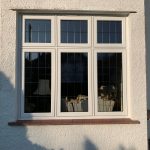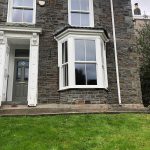Call us on 01443 423 423
If you’re dealing with condensation, mould growth, or poor air quality in your home, you might be considering a Positive Input Ventilation system. This increasingly popular solution can make a big difference to your living environment, but one of the first questions many homeowners ask is about PIV unit cost.
At Futureglaze, we understand that making home improvements involves budgeting, so we’ve written this guide to explore what factors influence the cost of PIV installation.
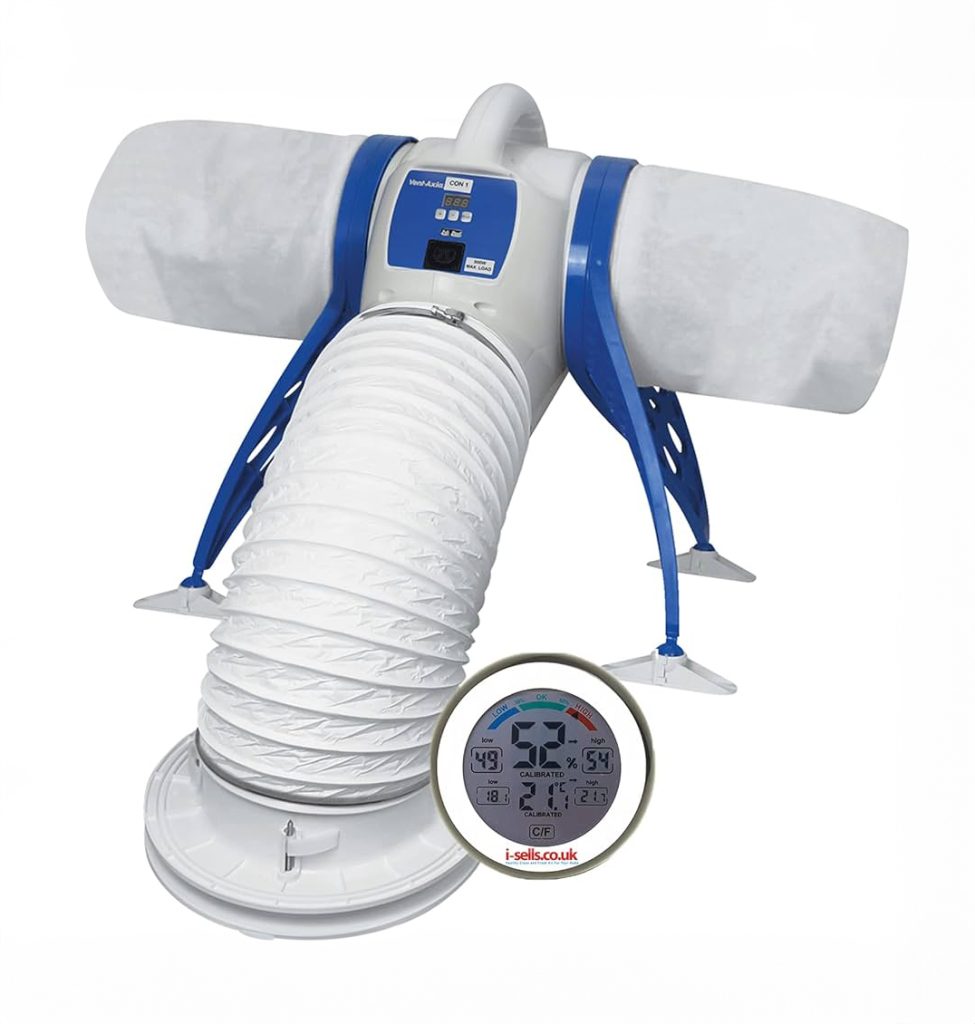
What is a PIV System?
A PIV system is a whole-house mechanical ventilation solution that works by introducing filtered air into your home from a central unit, creating positive pressure that pushes stale, humid air out, reducing condensation and improving the indoor air quality of your home.
Key Factors That Influence PIV Unit Installation Cost
Understanding what affects the cost will help you budget for your installation. Here are the main factors that determine how much you’ll pay for a PIV system.
Type of PIV Unit
The type of unit you choose is one of the biggest factors affecting the cost of a PIV unit installation. At Futureglaze, we offer the Vent-Axia PoziDry range, which includes two main options:
- PoziDry Pro™ – For homes with loft space
- PoziDry™ Compact Pro – For properties without loft space, such as flats
Generally, the Compact Pro has a lower price point than the loft-mounted model.
Property Size and Layout
The size and layout of your property will impact the overall installation cost. Larger homes with more bedrooms may require more complex installation, and properties with unusual layouts might need additional ducting to ensure effective ventilation.
Accessibility and Installation Complexity
How easy it is to install the unit in your property significantly determines the cost. For loft-mounted systems, the accessibility of your loft space matters, while wall-mounted units depend on the type of wall construction. The proximity of electrical connections and the required ducting will also influence labour and material costs. Straightforward installations naturally cost less than those requiring extensive modifications.
Additional Features
Basic PIV units come with standard features, but additional options can increase costs.
These might include heater elements that warm the incoming air during colder weather or the upgrade to F7 filters that capture smaller particles, including pollen particulates. While these additions increase the initial cost, they can provide significant benefits and an even more healthy environment.
What Makes PIV Systems Worth the Investment?
While cost is an important consideration, it’s also worth understanding the value and benefits that a quality PIV system brings to your home.
Improved Indoor Air Quality
A PIV system’s primary purpose is to improve your home’s indoor air quality. By continuously introducing filtered fresh air, these systems dilute and remove indoor air pollutants such as volatile organic compounds (VOCs), dust mite allergens, and harmful radon gas. This creates a healthier environment for you and your family.
The indoor air in our homes can contain a surprising number of pollutants from everyday activities using cleaning products and as a result of cooking with gas cookers. A PIV system helps manage these pollutants by constantly refreshing the air.
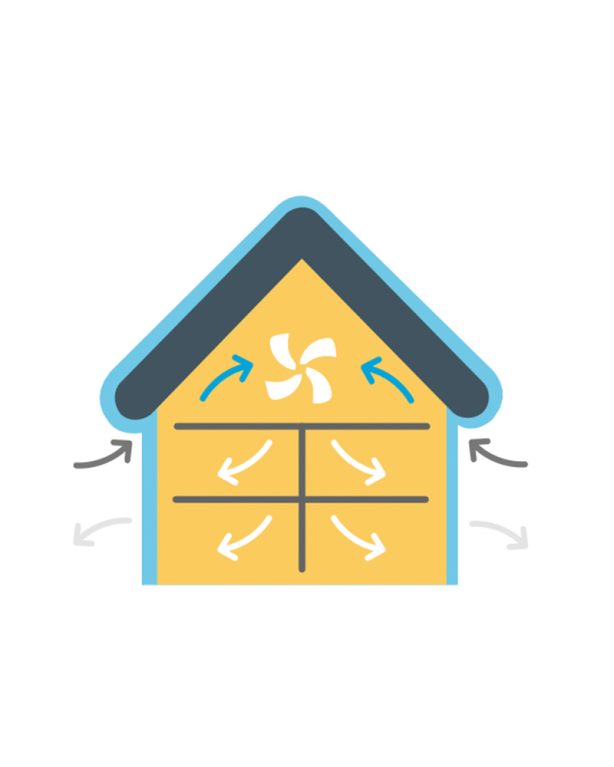
Effective Condensation and Mould Control
Condensation problems occurs when humid air touches cold surfaces in your home. This is a common problem in British homes, particularly in winter months when we heat our homes and create more moisture through daily activities like cooking, showering, and drying clothes.
An average family produces around 15 litres of moisture daily through these activities. Without proper ventilation, this moisture can lead to condensation on windows and walls, creating the perfect breeding ground for the development of mould.
PIV systems work by introducing slightly warmer, drier air into your home, which raises the temperature of internal surfaces above the dew point (the temperature at which condensation forms). This reduces excess humidity, prevents the formation of condensation, and eliminates the mouldy conditions that can damage your home and affect your health.
Long-Term Property Protection
Beyond the immediate benefits to your health and comfort, a PIV system protects your property in the long term by managing excess water. Persistent condensation and mould can damage decorations, furnishings, and even the structure of your home. By controlling excess moisture, you’re protecting your investment and potentially avoiding costly repairs.
The Futureglaze PoziDry Range
At Futureglaze, we offer the Vent-Axia PoziDry range, which represents some of the most advanced PIV technology available.
PoziDry Pro™
The PoziDry Pro™ is designed for homes with loft space and offers:
- Smart Sense™ technology for intelligent, automatic operation
- Ultra-quiet performance with anti-vibration mounting
- Energy recovery feature that utilises heat from your loft
- Summer comfort mode that prevents the circulation of warm air on hot days
- Easy filter replacement with both G4 and F7 filter options
- Discreet ceiling diffuser with minimal visual impact
- Small electricity consumption means low running costs
- Optional heater for additional comfort
PoziDry™ Compact Pro
For homes without loft space, the PoziDry™ Compact Pro offers:
- The smallest PIV unit on the market, ideal for apartments
- Foam construction for ultra-quiet operation and condensation resistance
- Flexible installation options with multiple inlet and outlet positions
- Integrated adjustable grille to direct airflow effectively
- Replaceable cartridge system for easy maintenance
- G4 or F7 filter options for effective air filtration
- Built-in heater for tempering incoming air
The unit’s small size means it can be installed almost anywhere, and it can even be boxed in completely for a discreet installation.
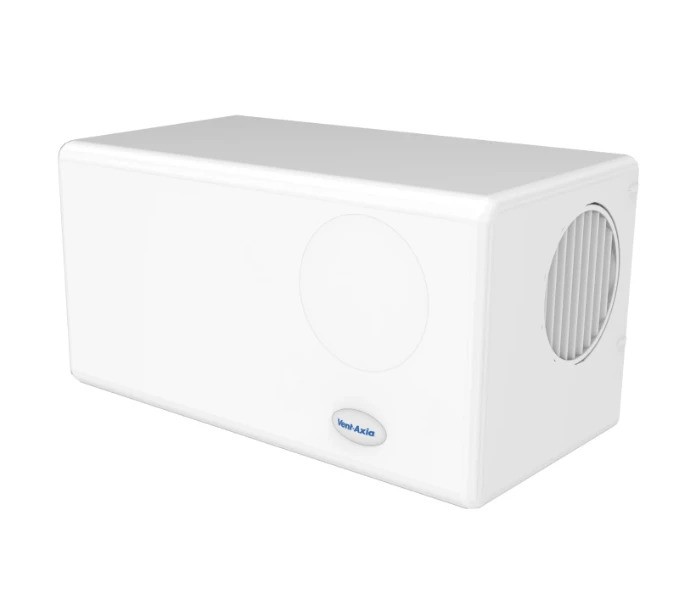
Professional Installation Matters
While the unit is a significant part of the cost, professional installation is equally important. At Futureglaze, we ensure:
- Correct assessment of your property’s ventilation needs
- Optimal positioning of units and diffusers for maximum effectiveness
- Proper electrical connections that comply with regulations
- Neat and tidy installation with minimal disruption
- Clear explanation of how the system works and any maintenance requirements
Our experienced installers have been serving South Wales homeowners for 36 years, and we’re fully accredited by FENSA, CHAS, and Construction Line for your peace of mind.
Next Steps
If you’re considering a PIV system for your home, Futureglaze is here to help. We offer free, no-obligation consultations to assess your property’s needs and provide expert advice on the most suitable PIV solution for your situation.
To discuss your options or arrange a consultation, call us on 01443 423 423, email us at sales@futureglaze.co.uk, or use our online contact form.
Frequently Asked Questions
How long does a PIV installation take?
Most PIV installations can be completed in a single day. Our team will ensure minimal disruption to your home and clean up thoroughly after the installation.
Do PIV systems require a lot of maintenance?
PIV systems are designed to be low maintenance. The main requirement is changing the air filter periodically – typically every 1-5 years, depending on your environment and the type of filter installed. This is a simple process that can be done without professional help.
Can a PIV system be installed in any property?
Most properties can benefit from a PIV system, but the specific type and installation method will depend on your property. Homes with loft space can use the loft-mounted PoziDry Pro™, while flats and homes without accessible lofts can use the wall-mounted PoziDry™ Compact Pro. During our initial assessment, we’ll confirm whether a PIV system is suitable for your property and recommend the best solution.
Can a PIV system help with black mould or stale air?
Yes – one of the main benefits of PIV is its ability to remove stale air and prevent black mould caused by excessive moisture and poor ventilation. This makes it especially helpful in tackling problems in a humid environment.
Is it expensive to run a PIV system long-term?
Not at all. Thanks to their low energy consumption and strong energy efficiency, the running cost of a PIV unit is minimal. Choosing experienced PIV installers also ensures the system works optimally, supporting the overall health of your home and helping address any important issues affecting air quality.

